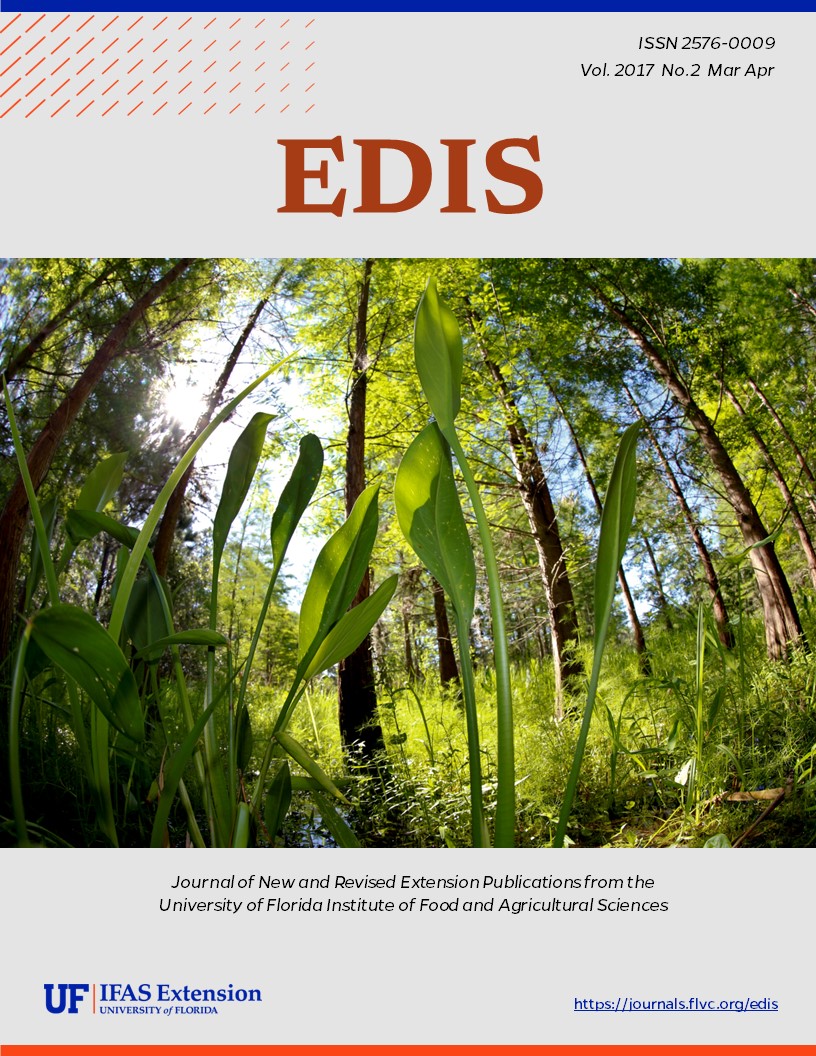Abstract
The home landscape is a place where there is a great opportunity for people to adopt irrigation practices and technologies that conserve water. However, a large portion of residents lack the required knowledge and skills to adopt some of those practices. This 3-page fact sheet discusses using innovative evaluation approaches to demonstrate the impacts of statewide urban water conservation programs. Written by Laura A. Warner, Sebastian Galindo-Gonzalez, and Anil Kumar Chaudhary, and published by the Department of Agricultural Education and Communication, March 2017.
AEC616/WC278: Water Conservation and Extension Participants: An Interesting Synergy (ufl.edu)
References
Ajzen, I. (1991). The theory of planned behavior. Organizational Behavior and Human Decision Processes, 50(2), 179-211. https://doi.org/10.1016/0749-5978(91)90020-T
Condrasky, M. D., Griffin, S. G., Catalano, P. M., & Clark, C. (2010). A formative evaluation of the Cooking with a Chef program. Journal of Extension, 48(2), 2FEA1. Retrieved from http://www.joe.org/joe/2010april/pdf/JOE_v48_2a1.pdf
Hurd, B. H. 2006. Water conservation and residential landscapes: Household preferences, household choices. Journal of the Agricultural and Resource Economics, 31(2), 173-192.
Monaghan, P. (2011). Community-based social marketing (CBSM): Extension's new approach to promoting environmental behavior change. Gainesville: University of Florida Institute of Food and Agricultural Sciences. https://edis.ifas.ufl.edu/wc119
Mincemoyer, C., Perkins, D., Ang, P. M. M., Greenberg, M. T., Spoth, R. L., Redmond, C., & Feinberg, M. (2008). Improving the reputation of cooperative extension as a source of prevention education for youth and families: The effects of the PROSPER model. Journal of Extension, 46(1), 1FEA6. Retrieved from https://www.joe.org/joe/2008february/a6.php
University of Florida Institute of Food and Agricultural Sciences [UF/IFAS]. (2011). Shaping solutions for Florida's future: UF/IFAS Extension roadmap 2013-2023. University of Florida. Retrieved from http://pdec.ifas.ufl.edu/roadmap/FloridaExtensionRoadmap_2013-2023.pdf
Warner, L. A., Kumar Chaudhary, A., & Galindo-Gonzalez, S. (2016). Extension users and non users differ in water conservation normative beliefs, intentions, and behaviors. HortTechnology, 26(6), 852-861. https://doi.org/10.21273/HORTTECH03484-16
Warner, L. A., & Monaghan, P. (2014). Using social norms to increase behavior change in sustainable landscaping. Gainesville: University of Florida Institute of Food and Agricultural Sciences. https://edis.ifas.ufl.edu/wc158 https://doi.org/10.32473/edis-wc158-2014

